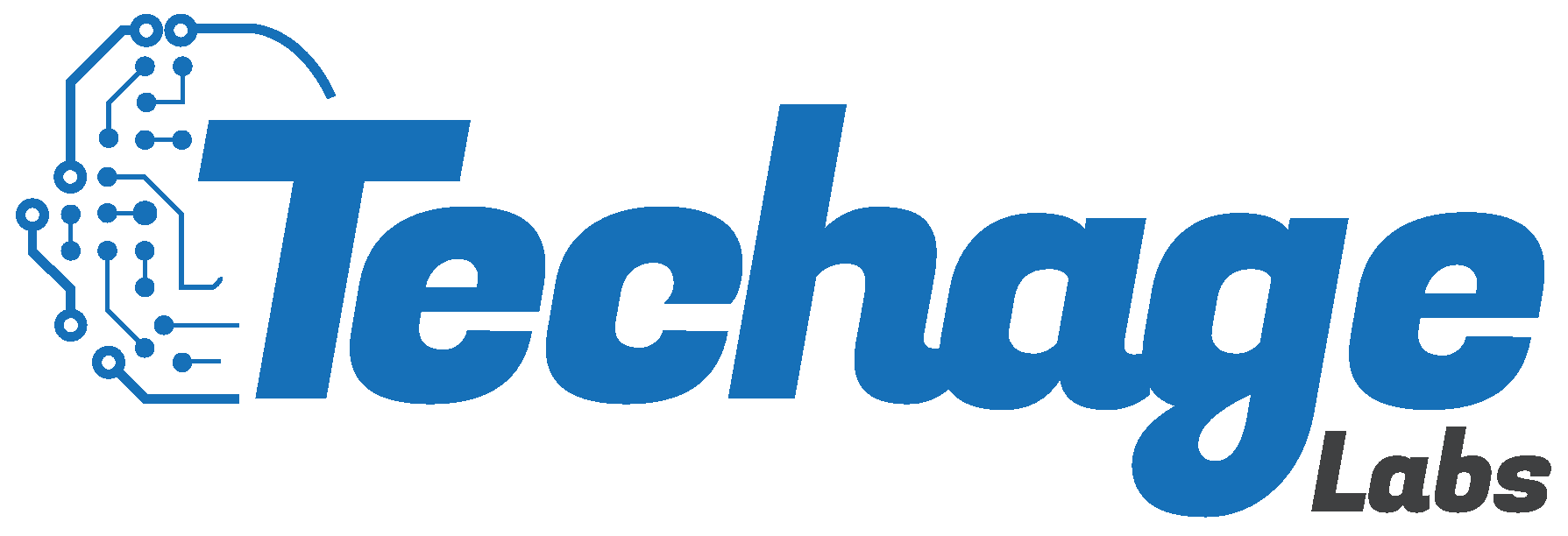Request a Call Back
If you have any queries, please feel free to contact us.
Call + 91 965 696 1693
What, Why, & How online courses
Nowadays online learning has been on the rise. E-learning courses have become widely popular by the simple virtue of being more convenient than traditional face to face courses. Students can fit them around their existing responsibilities and commitments and can engage with multimedia content and learning materials at whatever time is most convenient to them. Even better: they don’t have to travel anywhere to study, they can simply login to the virtual campus from the comfort of their own home or office. Online learning is cheaper.
Online courses are easily accessible on much smaller budgets. It has found that those participants learn five times more material in online learning courses using multimedia content than in traditional face to face courses, since online courses give students full control over their own learning, students are able to work at their own speed. Rather, online courses have increased student retention rates from anything from 25% to 60%.
Online learning requires less of a time investment One of the great things about online courses is that assessment can become more of an ongoing process. This is good news for students as interspersing multimedia content and learning materials with regular short tests can improve student engagement. This certainly makes online learning and multimedia content a more effective method of education overall. Promoting and engaging in this kind of learning can helps both individuals and corporations to do their bit for the environment and stick to their own personal environmental goals. Interested in finding out more about the most effective way to learn languages? eLearning courses utilize high-quality multimedia content to increase student understanding and provide an impressive virtually immersive experience.
How online classes are conducted. To get started with an online class, students will need a newer computer, a reliable internet connection and the software (usually just a word processor and internet browser.) Once these requirements have been met, students can start completing coursework. Just as if you were in a regular classroom, your course will begin by listening to or reading lectures from your professor, which is usually recorded and uploaded onto the main site or presented as a text or slideshow document. Some assignments for class may need to be completed online. Students will usually be able to find a section on their course management software where these assignments can be found. Some will need to be completed online and some off.
All will come with deadlines and students will need to make sure to upload or complete the work before the deadline if they want to get credit. Nearly all online colleges will require students to engage in weekly discussions with the rest of the class, the professor or both. This may mean posting to a discussion board or participating in group chats held at a specific date and time Listening to and reading lectures, doing homework, handing in papers and talking with your peers– it doesn’t sound so different than any traditional class. In reality, the experience most students have with online education is very similar to attending courses on campus. If you have any questions about how your online school holds courses, ask administrators or check out their website to get a preview and familiarize yourself before you start taking classes.
